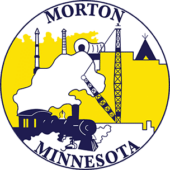The History of Morton, MN
How did this community begin and where does our history start? Is it with the Battle of Birch Coulee, or does it start when the railroad went through? Maybe it should start in 1884 when our town was incorporated.
This community is a beautiful little village nestled down among the valley. These hills protect this community from winds and storms. There is no way of entering except by coming down a hill. The town borders the Minnesota River which separates Redwood County and Renville County.
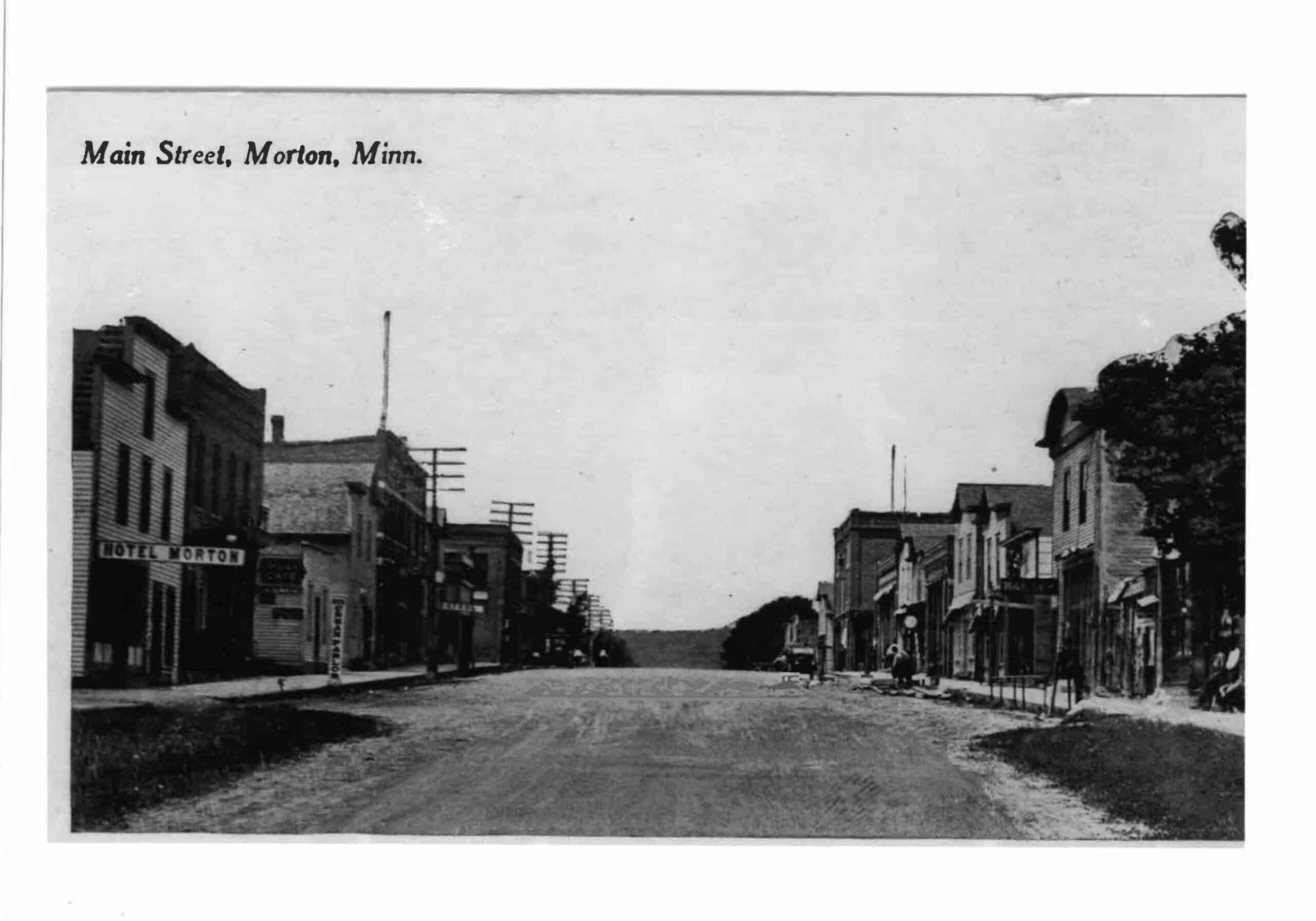
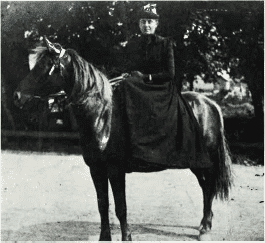

It was here in 1880 that the Minneapolis and St. Louis Railroad Company surveyed for a new stretch of road. They built the railroad within ten to twenty rods of the river. In 1881, the first train went through, with conductor Morton in charge. It was after this conductor that the railroad company named Morton. The plat of Morton was land belonging to three men: Bartley, Buery, and Preston. As soon as they started to build the railroads, James Murphy put up a small shack near the track where he sold liquor. It was not long, however, before “Bill” Wall had a saloon. Tate was one of the first carpenters in Morton. He built the first store. In December 1881, McGowan and Henton put up a general merchandise store on the first floor, and Jim McGowan and family lived upstairs. This was the old post office building. Dr. Prathier was the first doctor here but he only stayed a very short time. Then Dr. Siebach came. W.G. Bartley was the first Postmaster. John Clancy and John Cutting had a lumber yard together. John Clancy also ran a hardware store successfully.
A few years later, the State Bank of Morton was established with Greenwood as president. The Pacific Elevator Company put up an elevator. Howard was the first barber in Morton. Hope Jackson had the first hotel here. It was known as the Eagle House. Houg was the first editor in Morton. He established the Morton Enterprise. Frank Walters built the first and only mill in Morton. Mrs. Lib White started the first millinery in Morton.
A large eating house was erected in 1884. The dining area and the kitchen was the first part to be built. Mrs. Beach, a widow with small children, was hired by the railroad to prepare fine foods for the passengers going through on the train. She did a wonderful job and Morton became widely known.
The Granite Quarry
Mr. and Mrs. Fred Morgan were owners of the Railroad Eating House and the Commercial Hotel. Southeast of town there was a large granite quarry managed by Crawford and Salpaust. At one time they employed 300 men. Work began at the quarry in 1886. Mr. Welsch was working to secure more business for Morton. Because it was slow at the quarries, Mr. Welsh was trying to get the Minneapolis and St. Louis Railroad to use Morton granite when and if they should happen to build a bridge over the Missouri River. Mr. Anderson and sons were at the time making monuments. It was called the Morton Monumental Works. Cold Spring Granite Company bought the quarry in 1925 and are the present owners. Over the years they have enlarged the quarry and purchased four other parcels.
The people of Morton were proud to hear the city’s granite was chosen for a beautification project at the White House. In 1968, two large slabs of granite were cut from our quarry for fountains. A sculptor from California came to Morton and roughed the two slabs into bowls for these fountains. He did this in Morton to make sure there were no flaws before shipping them out east. When shipped out on rail these fountains were 15 feet high blocks, weighing 60 tons each. Morton granite is used all over the world and the residents are very proud of it.
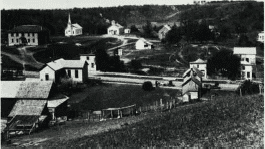
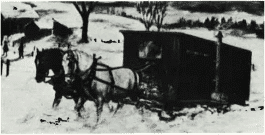
Morton, located on the southern border of Renville County, can well boast of its beautiful and historic surroundings. Nestled in one of nature’s choicest beauty spots in the Minnesota Valley, it is also within walking distance of many historic sites on which were enacted some of the most stirring scenes in the history of the Northwest. Early writers state that Morton sprang to life overnight and in 1890 was Renville County’s largest community with 453 inhabitants. Beautiful hills and rugged natural scenery can be found in all directions from Morton. It is surrounded by rich farmland, running streams and natural woods. The granite industry was an important factor in Morton’s growth.
History of the Morton School
In 1874, Jim Moody, who squatted on a now vacated farm site (owned by Margaret Gaasch and formerly the Emma Dallenbach farm), sold a 10 x 12 slab shanty to the newly organized School District 55 upon learning he was on a school section.
When they found out they were on school grounds, they left and the school district used this shanty. This was near the Fred Blume farm, later became the Erwin Lothert and Dan Hennen residences. To make this building more habitable, Henry Jorges, treasurer of the first school board, put sod around it. This provided more warmth for the teachers and the students. Other members of the school board were George Buery, clerk; John Kumro, director. For nine years, this continued to be the principal seat of learning in the Morton community. Cloe Rhenolds, Rilla Aldrich and Violo Price are names recalled as being among the first teachers.
This structure, with a seating capacity of 24 students, there were two rows of double seats, with six seats in each row, was moved to the site of the Ruth Lothert home (formerly the Lapien residence).
New Wooden School Building
In 1883, saying goodbye and probably good riddance to the sodded shanty, a new long, wooden school building was erected on the location of the former R. S. Menefee residence located on the corner of 4th and Valley Drive (Morton streets were named in 1983 celebrating its centennial). Of extravagance, another row of seats from the original two to three was added, plus a teacher's desk and blackboard. Teachers sharing educational endeavors over a period of 12 years were Jessie Henton, Leroy Stegner, Nellie Brown, Elizabeth Mccann, Lou Glenn, Mary Clancy, P.A. Gosgrove, Fletcher Bridges, Samuel Bankin, Joseph Forbes and J.B. Arp. Grading was according to the first, second, and third readers. The school remained here until 1895. After, the building was divided into two sections and moved to two separate locations as family dwellings — the house on Main Street which was occupied by the Ernest Smart family at one time and the present home of Bernard and Gloria Schultz.
January 19, 1894
It is now an almost-assured thing that Morton will have a new brick school built next summer. In fact, they are so certain of it that it has been advertised for 100 cords of split rock for the foundation. The building will be 100 x 100 feet and two stories.
March 9, 1894
It was found that J. P. Thiry would sell a piece of land in the western part of town for $300, but the objection arose that the basement would have to quarry out of solid rock, which together with fixing up the grounds necessitated too great of cost. The location is a good one, being on an elevated piece of land where its conspicuousness would lend to beautifying our city.
April 19, 1895
Independent School District 55 voted almost unanimously to issue bonds for a new 5 room school house costing $12,000. This will assure many, who cannot afford to go off to college, will be able to secure a good education at home.
Morton Public School was admitted to the state high school list of 1906, boasting the first graduating class, Florence and Ethel Keefe. The total number of graduates from 1906 to 1938 was 360). The basement was excavated this year and one story was added to the rear of the building. In 1925, the front of the building was remodeled adding another story, and a new stairway. Outdoor "biffys" were buried and new lavatories installed.
After numerous additions and corrections from 1925 to 1938 the District voted on $60,000 in bonds for a school addition, which changed the appearance of the school and expanded to six grade school classrooms and a superintendent's office on the lower level; two assemblies, five classrooms, a library, domestic science kitchen and manual training shop to the second floor. Following the completion of the gymnasium in 1939 a School Dedication was held on July 12, 1939. These school improvements made in 1939 resulted in the facility as we know it today with the exception of the bus garage that was built in 1946 and was later converted into a band room, after having struggled for space in the basement of the main building and the manual training workshop which was moved to the first floor into a building of its own in the rear of the school in 1967.
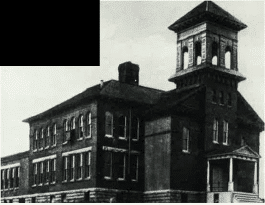
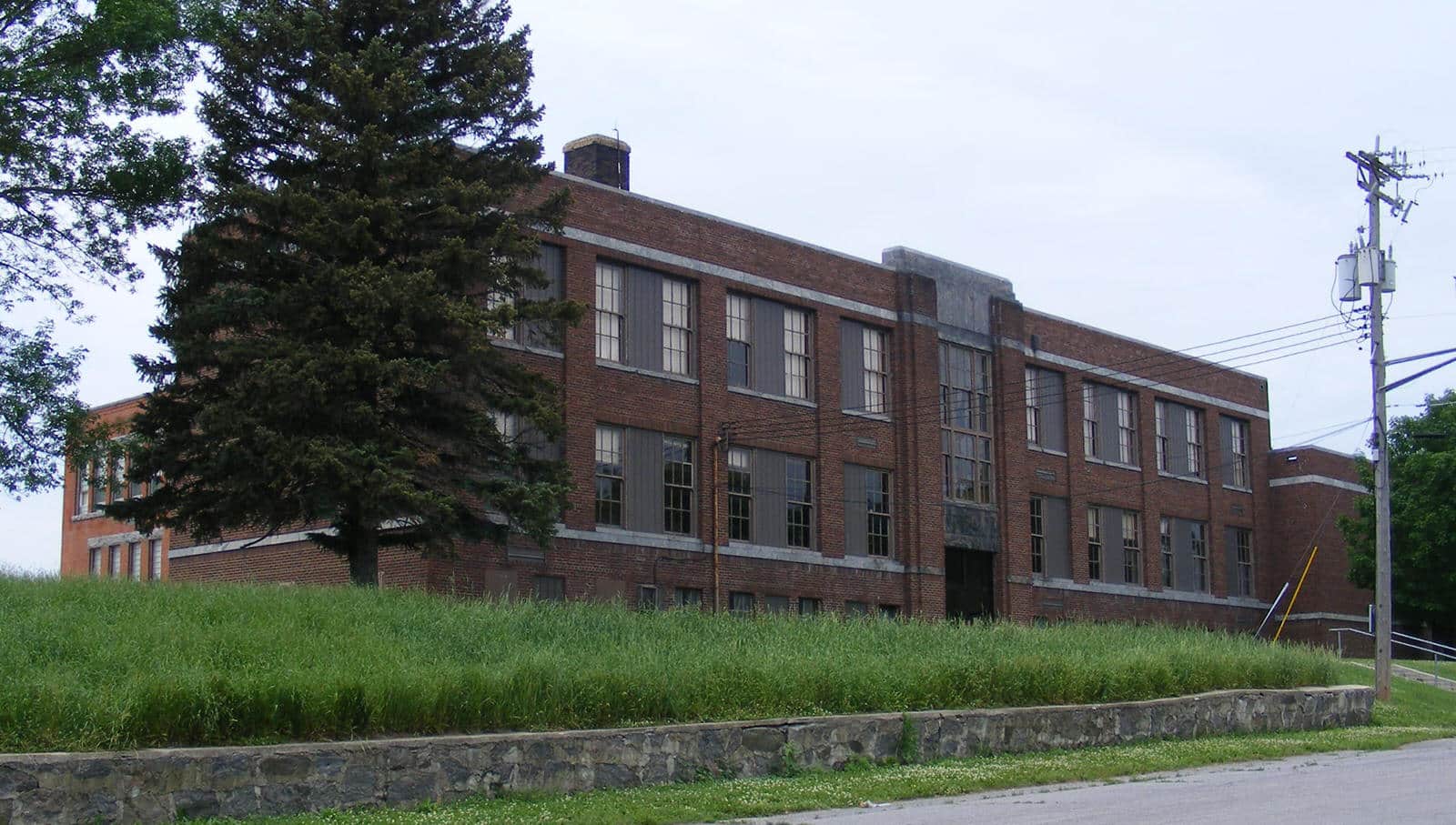
One hundred and eleven years later in 1985, the seventh through twelfth grade high school students from Morton were tuitioned to Redwood Falls.: Article VII. Section 2. Names, Titles - The name of the secondary school located in Redwood Falls shall be named Redwood Falls-Morton High School. All teams at the secondary level shall be called the Redwood Falls Morton Cardinals. The team colors shall be red and white and the team emblem shall be RFM.
Morton school retained the K-6 until 1995 at which time the restructuring of the Morton Independent School District 652 and Redwood Falls Independent School District 637 resulted in the consolidation of 235 Morton students K-12 and became the Redwood Valley High School.
Morton School Athletics History
In 1906, Morton had its first football team. Dr. McCartan, a local Dentist who played on the Gopher squad, organized and coached the team. The mothers of the team members sewed the uniforms. They ordered helmets, nose guards and shin guards and paid for these items themselves. Each player chipped in money to buy a football. The players dressed in empty box-cars on a siding near the field. This field also doubled as a cow pasture.
In 1920, 1921 and 1924 the basketball teams won the District and Regional Tournaments and competed in the state tournaments. With Mr. Heffner as Superintendent, the Morton basketball team traveled to Northfield, Minnesota and competed in the State Tournaments. The tournaments of 1920 were sponsored by Carlton College. Mr. Harry Donlon was the coach but was not a school employee. Scotty Donlon also coached one of the State teams.
"You must remember that this was Morton's first football game. It has been said that Morton has played football before; sure, they played, but it was touch-football and there were no referees. Once in a while, they played "tackle," but the heaviest guy just took the ball and there was a touchdown!"
- Quote from this school paper, October 1946
"Morton Football Team Wins Praise in First Year Competition. We finally have a team — a six man team — with Coach Eldon Everetts."
Headline, October 1946, in our Blue and Gold School Paper
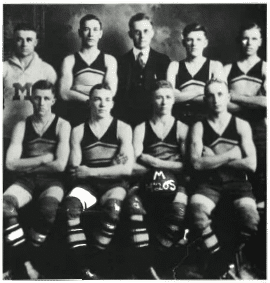
Front Row I to r, Billy Ewert, Billy Castle, Scotty Donlon, Leo Ederer, Back Row, 1 to r, Coach Harry Donlon, Frank Orth, Supt. Hefner, Earle Simons, Lloyd Greenslit
Yearbook 1914-1915
Morton's first yearbook was called the "Octave" and in 1915 the "Octave" stated: The Morton high school prides itself in having a very good department in domestic science, and also in manual training. Every girl must take at least a year in the domestic economy and every boy two years of training in the use of tools in woodwork. Every girl-student gets a course in sewing, and at graduation she appears in the gown she made in the sewing room of the high school. The girls are limited to five dollars each in expenditure for material for the gowns ... As much as practicable, students are offered the commercial and practical subjects. This is however, not carried so far that it hampers them should they decide to follow some professional course at the University. Debating is made a prominent part of the work in English so as to accustom students to appear before an audience and express themselves in a clear and logical way.
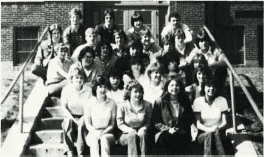
The Class of 1983 represents 109 years of Morton's involvement in education. Front Row - left to right - Kelly Haskell, Peggy Tretbar, Linda Schwab, Daneilla Leith. Second Row - Amy Bethke, Kazumi Moriwaka (exchange student), Cathy Rcillcr, Mary Tisdell. Third Row - Julie Blue. Ann MacHolda,Cathy Dehncke, Tracy Middleton. Fourth Row - Katherine McCorquodnle, Sandy Brockway, Todd Prescott, Brian Pendleton, Scott Greenslit. Fifth Row-Todd Rathman, Tim Wolters, Tony Lussenhop, John Tale, David Schultz. Sixth Row - Shawn Frank. Mark Daun, Peter Brown, Bruce Toltz.rnan, not pictured - Loren Forcier,.Brad Grejtak.
Those who have graduated in times past are: Bertrang, Peter; Brown, Evelyn; Baker, Clarence; Bertrang, Lillian; Buscho, Sarah; Blume, Minnie; Donlon, Anna; Drews, Alma; Donlon, Florence; Daun, Earl; Doyle, Margaret; Ewert, Minnie; Ederer, Isabel; Foley, Francis; Greenslit, Gladys; Gaasch, Anna; Galle, Henry; Gaasch, Daniel; Henton, Jay; Henton, Gladys; Hanson, Helena; Hale, Grace; Jewell, Myrtle; Keefe, Florence; Keefe, Ethel; Keefe, Julia; McSeaveny, Helen; Keefe, Jessie; Keefe, Celestine; Kenedy, Thomas; Kennedy, Irene; Keaveny, Nellie; Keaveny, Elizabeth; Kumro, Rilla; Munsell, Lulu; Mathes, Robert; McGowan, Ralph; Mahowald, Leo; Orth, Ruby; Patten, Floyd; McGowan, Anna; Prior, Lillian; Penhall, Florence; Rivers, Elizabeth; Riley, Esther; Swan, Ives; Smith, Joe; Singer, George; Thompson, Rosa; Wichman, Louise; Wichman, Arthur; Wolter, Amelia; Zibell, Frank; Lyon, Harold; Leary, Lauretta.
Superintendents have been: M.H. Melvin, Mr. Lymon, Mr. Dodge, Ralph Wedge, Well Mosier Clark, A.H. Trapp, E.E. Gloege, Charles A. Frantz, R. Haffner, M. Dunlop, T.B. Miller, L.S. Graves, A.L. Wegner, William Susens, William S. Sather, E.R. Anderson, C.D. Halliday, Dr. Richard Anderson, Harold J. Kirchgasler, Lowell D. Schwalbe, and Dr. Dale L. Hanke.
Present school board members are: William Angermeyr; Gary Cornwell; Robert Schnitzler; Bob Hanna; William Lothert; David Reitter.
